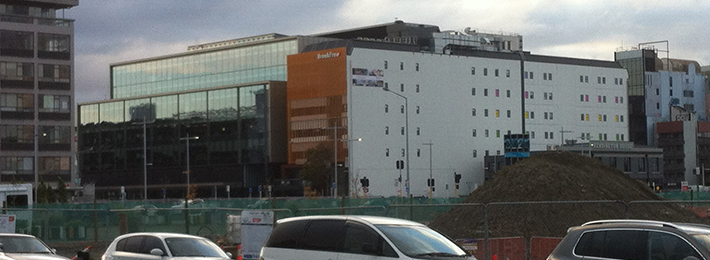Building activity drops but future looks bright
20 Jun 2017, Featured, Industry News

Activity falls for first time in five years but value of consents increases
The total value and volume of building activity fell in the first quarter of the year, according to Statistics New Zealand’s latest Value of Building Work Put in Place report.
“Building activity, adjusted for price changes, fell for the first time in two years, due to a decrease in commercial and other non-residential building work this quarter,” says Statistics New Zealand senior manager Jason Attewell.
Compared to the 2016 December quarter, the volume of non-residential building work fell 7.2% in the March quarter, while the seasonally adjusted value of non-residential building work fell 6.4%*.
For residential building work only, the seasonally adjusted volume fell 0.8% while the value rose a seasonally adjusted 0.1%. For all building activity, the seasonally adjusted volume and value fell 3.5% and 2.2% respectively.
“When not adjusted for inflation, building activity fell for the first time in five years,” says Jason, who noted that the timing of large building projects meant there was high volatility in the non-residential series.
Despite the drop, the value of building consents – a good predictor of future activity – rose 6.6% in the March 2017 quarter compared with the December 2016 quarter.
The actual value of all building work was $4.9 billion (up 11% from the same quarter in 2016), including $2.7bn of work on new homes.
Hours of paid work in the construction industry also increased, up from 5.5m in the December 2016 quarter to 5.7m in the March 2017 quarter.
Auckland continues to dominate commercial construction
The actual value of non-residential building work was $1.7bn (up 5.1% from the March 2016 quarter). The regions contributing the most non-residential building work were:
- Auckland – $531m (up 5.1% from the March 2016 quarter).
- Canterbury – $463 million (up 1.2%).
- North Island, excluding Auckland, Waikato, and Wellington – $229m (up 12%).
*Seasonal adjustments remove the estimated effect of regular seasonal events, such as summer holidays and pre-Christmas purchasing, from statistical series. This makes figures for adjacent periods more comparable. The seasonally adjusted series are re-evaluated each month when each new month’s data becomes available. Figures are therefore subject to revision, with the largest changes normally occurring in the latest months.
Register to earn LBP Points Sign in



